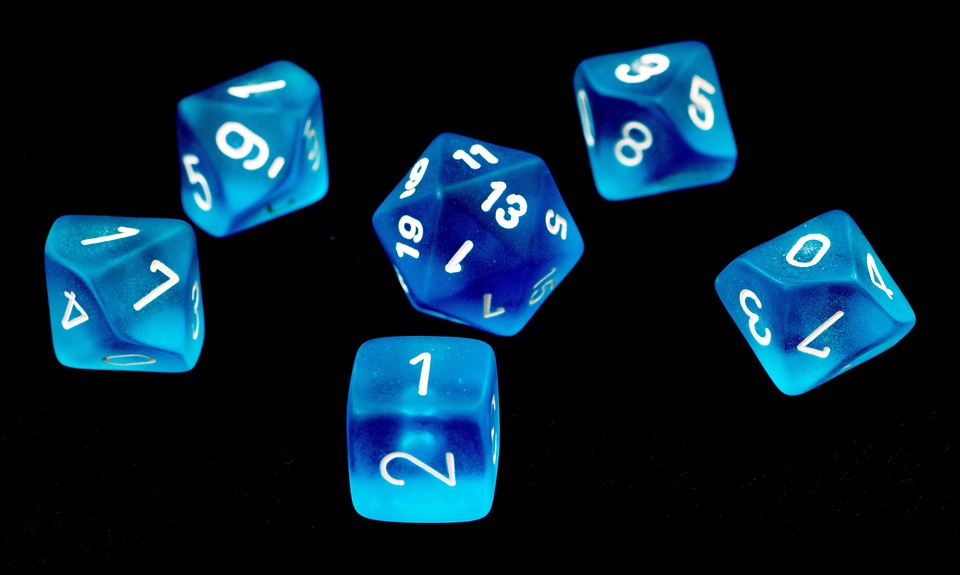The world of video game development is an intricate tapestry of creativity, technology, and collaboration. The journey from a mere concept to a fully functional console game is a multifaceted process that requires careful planning, innovation, and the collaboration of diverse experts. In this article, we will explore the essential stages of the game design process, illuminating the complexities and triumphs that shape the games we love.
1. Concept Development
The journey begins with a spark of inspiration. This initial stage involves brainstorming ideas, defining the game’s genre, core mechanics, and target audience. Concepts can be derived from various sources—narratives, experiences, or even existing games. During this phase, developers often ask questions like:
- What makes this game unique?
- Who is the target audience?
- What emotions should players feel while playing?
Ideation Techniques
Many teams employ techniques such as mind mapping, storyboarding, and concept art to visualize their ideas. Creating a pitch document can also help clarify the game’s vision and serve as a foundation for future development.
2. Pre-Production
Once the concept is solidified, the project transitions into pre-production. This stage is critical for crafting a prototype and laying down the groundwork for the development process. Key activities include:
-
Building a Prototype: Developing a basic version of the game to test core mechanics and gameplay elements. This helps in identifying potential challenges early on.
-
Game Design Document (GDD): This comprehensive document outlines every aspect of the game, including storylines, characters, gameplay mechanics, art style, and sound design.
- Team Assembly: Developers, designers, artists, sound engineers, and project managers come together, each bringing their unique expertise to the table.
3. Production
With a solid plan and a team in place, the production phase begins. This is where concepts materialize into a playable game. Key components include:
-
Art and Design: Artists create the visual elements of the game, including characters, environments, and interface design. The art style is crucial as it sets the tone and atmosphere.
-
Programming: Developers write code that brings the game to life. This includes building game engines, physics systems, and implementing gameplay mechanics.
- Sound Design: Sound designers develop audio elements, from background scores to sound effects, enhancing the game’s immersion.
Iterative Development
Game development is rarely linear. The process often involves iterations, where developers test, receive feedback, and refine the game mechanics and design. Playtesting during this phase is vital, as it helps identify areas of improvement and ensures the game is enjoyable and engaging.
4. Testing
Testing is a critical factor that can make or break a game. It involves a systematic examination of the game in order to identify bugs and gameplay issues. Types of testing include:
-
Quality Assurance (QA): A dedicated team tests the game for bugs, performance issues, and usability problems.
- User Testing: Feedback from external players can provide insights into the user experience, identifying potential pitfalls and ensuring the game is accessible and enjoyable.
5. Launch
The culmination of years of hard work results in the launch of the game. This phase includes marketing strategies and promotional efforts to build anticipation among the target audience. Key elements of a successful launch include:
-
Marketing Campaigns: Utilizing social media, trailers, and influencers to create buzz.
- Distribution: Deciding on platforms (PC, consoles, or mobile) and ensuring proper channels for distribution, be it physical copies or digital downloads.
6. Post-Launch and Updates
After the game hits the shelves, the work is far from over. Post-launch support is essential to maintain player engagement and address any issues that arise. This phase involves:
-
Patch Releases: Fixing bugs and performance issues identified post-launch.
-
DLCs and Expansions: Expanding the game’s universe with additional content to keep players engaged and attract new audiences.
- Community Management: Engaging with players through forums and social media can foster a thriving community.
Conclusion
From initial concepts to the final launch, navigating the game design process is a challenging yet rewarding endeavor. Each stage requires a unique blend of creativity and technical prowess, demanding collaboration from various professionals. As the industry continues to evolve with new technologies and platforms, the path from concept to console will likely gain new complexities and opportunities, inviting future generations of game designers to innovate and captivate players like never before.



